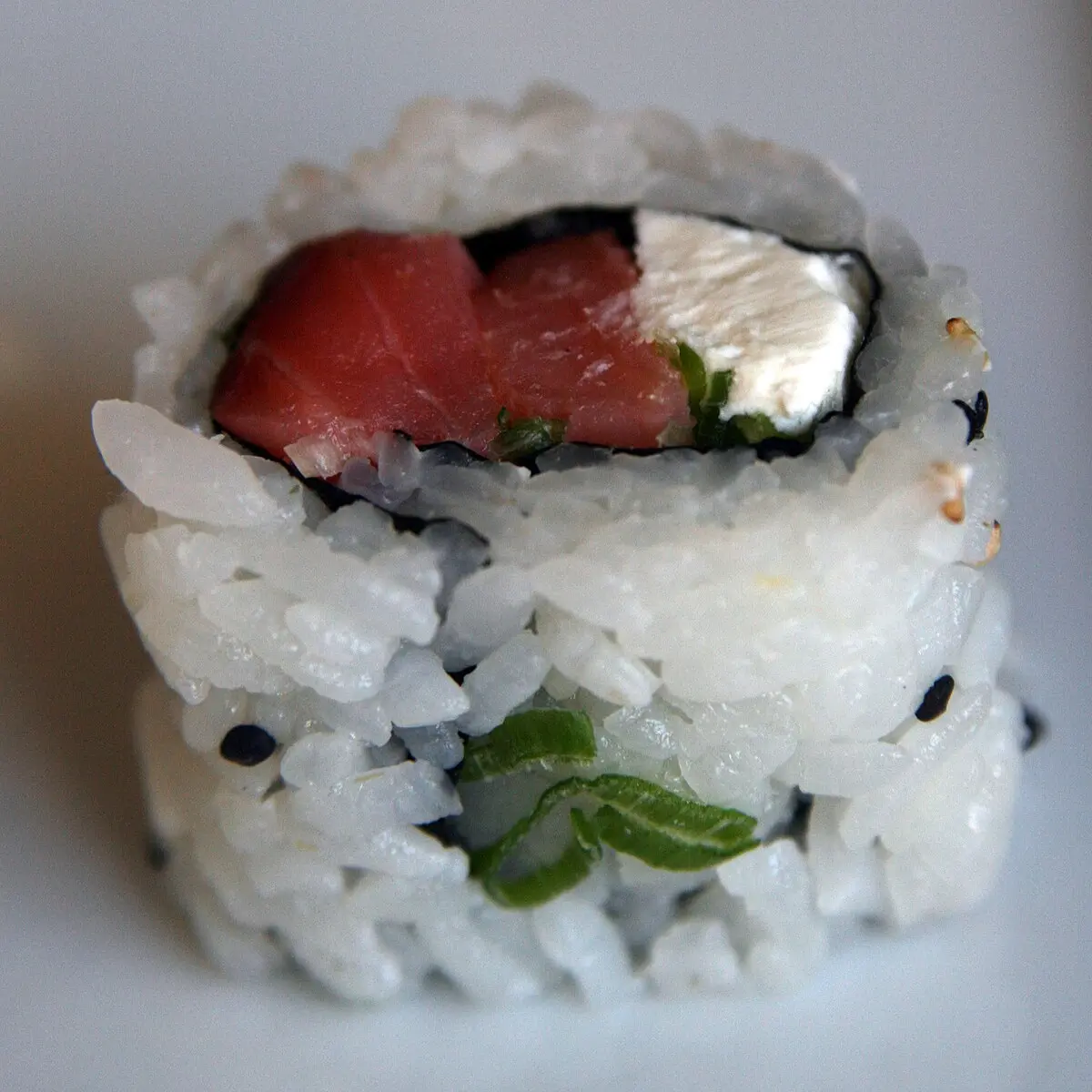Sushi is a popular dish that comes in various forms and flavors. One type that stands out is smoked salmon sushi. With its rich and savory taste, it has become a favorite among sushi enthusiasts. But is smoked salmon safe for sushi? Let's find out.

Is Smoked Salmon Safe for Sushi?
When it comes to eating raw fish, safety is of utmost importance. Fortunately, smoked salmon is generally safe to consume in sushi. However, it's essential to understand the different types of salmon and their suitability for raw consumption.
Wild-Caught Salmon
Salmon labeled as wild-caught is considered healthier due to its higher omega-3 fatty acid content. However, wild-caught salmon also has a higher risk of parasites. If you want to eat raw, wild-caught salmon, it's crucial to ensure it has been flash-frozen first to eliminate any potential parasites.
Farm-Raised Salmon
Farm-raised salmon, especially those that have been flash-frozen, are a safe choice for raw sushi. These fish are raised in controlled environments and are less susceptible to parasites. Additionally, the freezing process kills any potential parasites, making it safe for raw consumption.
Smoked Salmon
Smoked salmon is a popular choice for sushi due to its distinct flavor and texture. Although it is not technically raw, it has not been traditionally cooked either. Smoked salmon is cured with smoke and salt in a smokehouse or food preparation plant, making it safe to eat. However, homemade smoked salmon may still be raw if not prepared correctly, so it's essential to ensure its safety before consuming it.
What is Smoked Salmon Sushi Called?
Smoked salmon sushi is commonly known as a Philadelphia roll. It is a type of makizushi, or rolled sushi, that typically includes smoked or raw salmon, cream cheese, and avocado. The rice is on the outside, making it an uramaki roll. The Philadelphia roll is a popular choice among sushi lovers, and its ingredients can be customized to include other fish, cucumber, scallions, or sesame seeds.

In the Pacific Northwest, the Philadelphia roll is sometimes referred to as a Seattle roll.
How to Smoke Salmon Sashimi
If you're a fan of smoked salmon and want to try making your own smoked salmon sashimi, here's a simple guide to get you started:
- Start by selecting fresh salmon fillets. It's crucial to choose high-quality fish for the best results.
- Prepare a brine mixture using a combination of salt, sugar, and any desired seasonings. This will enhance the flavor of the salmon.
- Place the salmon fillets in the brine mixture and let them marinate for a few hours, or overnight for a stronger flavor.
- After marinating, remove the salmon from the brine and pat it dry with paper towels.
- Prepare your smoker by adding wood chips or pellets of your choice. Popular options include hickory, applewood, or mesquite.
- Preheat the smoker to a temperature of around 225°F (107°C).
- Place the salmon fillets on the smoker racks and close the lid. Let them smoke for approximately 1-2 hours, or until the desired level of smokiness is achieved.
- Once smoked, remove the salmon from the smoker and let it cool.
- Thinly slice the smoked salmon and serve it as sashimi or use it as a topping for sushi rolls.
Enjoy your homemade smoked salmon sashimi!
Smoked salmon sushi is a delicious and safe option for sushi lovers. Whether you choose wild-caught, farm-raised, or smoked salmon, it's important to ensure its quality and safety before consuming it raw. With the right precautions, you can enjoy the delightful combination of flavors that smoked salmon brings to sushi.
If you want to know other articles similar to Smoked salmon sushi: a delicious and safe option you can visit the Food category.


Related Articles